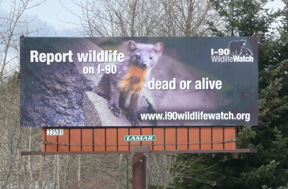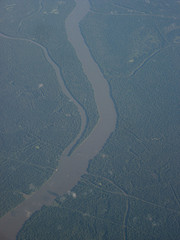 Spring is here and a bunch of wildlife surveys are underway around the country.
Spring is here and a bunch of wildlife surveys are underway around the country.
In Delaware:
-It’s the fifth and final year of the Delaware Breeding Bird Atlas.
-A special effort is being made in 2012 to tally owls as part of the atlas.
–Horseshoe crabs are being tallied again, and volunteers are being trained.
-The annual osprey count is offering a volunteer training for the first time since 2007.
Maryland is two years in to four years of surveys for an amphibian and reptile atlas and is looking for volunteers.
In Kansas, they are searching for lesser prairie chicken breeding areas, or leks, from the air with helicopters. Field crews will train on March 29-31 and conduct official survey work across all of western Kansas until the middle of May. The Kansas Department of Wildlife, Parks and Tourism is also asking people to report leks. The survey is part of a five-state effort, and the survey technique will be evaluated.
In North Dakota, the Game and Fish Department has launched a two-year study of white-tailed deer in intensely farmed agricultural areas.
In Maine, biologists at the Department of Inland Fisheries and Wildlife have visited up to 100 dens each winter for 37 years, making the survey in the nation’s oldest radio-collar monitoring program for bears. This year the Maine Sunday Telegram wrote a story about it, with lots of pics. Read it here.
And in Washington, commuters have been reporting wildlife sightings for over a year on the I-90 corridor in anticipation of road improvements. The project’s first annual report was released recently, generating articles in the Everett Herald and The Seattle Times, and coverage other media.
Photo of I-90 Wildlife Watch billboard by Paula MacKay/Western Transportation Institute, used by permission.

